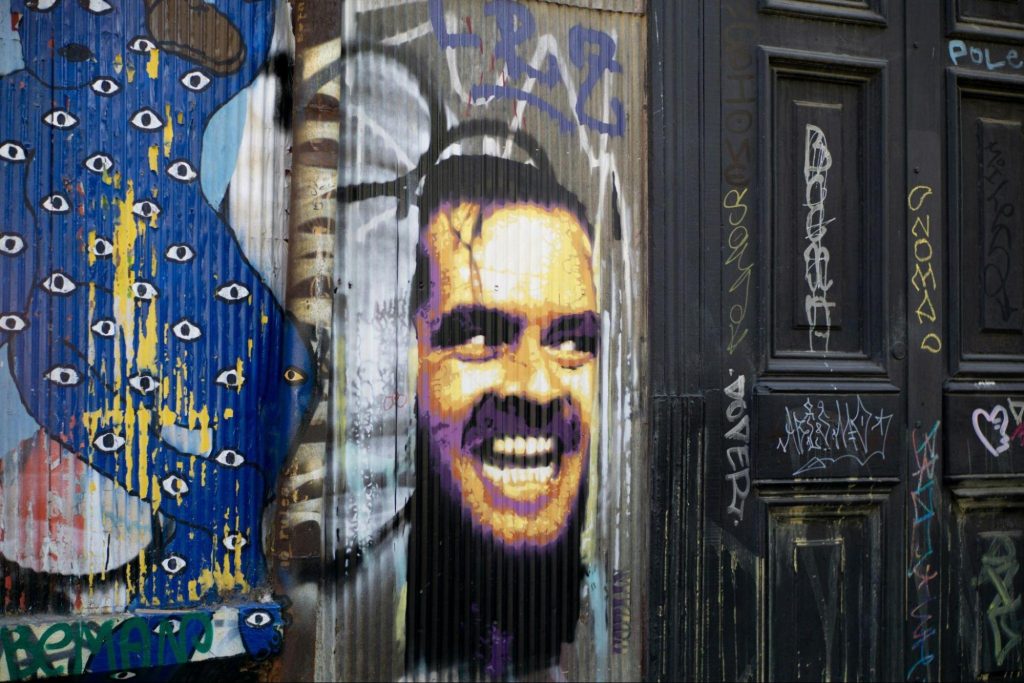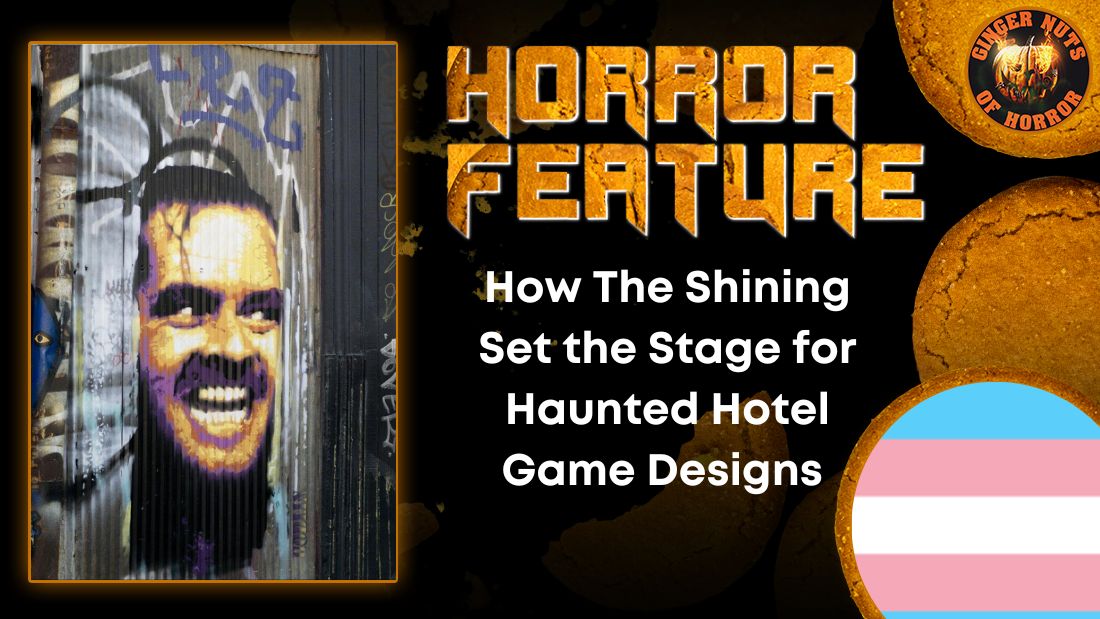How The Shining Set the Stage for Haunted Hotel Game Designs

Photo by Luis Villasmil on Unsplash
When Stanley Kubrick’s The Shining hit cinemas in 1980, audiences were captivated, and terrified, by the haunting, snowbound corridors of the Overlook Hotel. This wasn’t just another horror film. It was an atmospheric masterclass. Every carpet pattern, every slow tracking shot, and every eerie silence turned the Overlook into more than a backdrop. It became a character in its own right.
Over four decades later, its influence still ripples through popular culture, particularly in the gaming industry. Haunted hotel games, whether horror survival titles or mystery-solving adventures, owe much of their DNA to The Shining. The way the film blended psychological tension with environmental storytelling has shaped how developers design unsettling hotel spaces in virtual worlds.
Atmosphere As a Character
One of The Shining’s greatest contributions to haunted hotel game design is the idea that the setting itself can drive the story. The Overlook’s vast, empty halls created a sense of isolation that wasn’t just visual. It was emotional. Kubrick used symmetry, long hallways, and repeating patterns to make the viewer feel trapped, even before anything supernatural happened.
Modern haunted hotel games borrow this principle shamelessly and effectively. Titles like Layers of Fear, Silent Hill 4, and The Suicide of Rachel Foster all utilize unsettling architecture to disorient players. Doors lead to places they shouldn’t. Layouts subtly change when you’re not looking. Lighting flickers just enough to make you doubt your memory. It’s the Overlook Hotel in pixels, whispering that something isn’t right.
Psychological Horror Over Jump Scares
Before The Shining, horror often leaned on sudden shocks. Kubrick’s approach was different. He let the tension simmer. The terror came from anticipation, from the feeling that the walls themselves were breathing.
This “slow burn” style is a hallmark of many haunted hotel games. Instead of endless monsters leaping from behind doors, players might hear muffled conversations in an empty room or find a note with handwriting that changes when they read it twice. Developers have realized that fear lingers longer when the player’s imagination fills in the gaps. It’s not about what you see. It’s about what you think you saw.
The Casino Connection: Haunted Hotels in the Online Gaming World
You might wonder what haunted hotels and The Shining have to do with online casinos. Surprisingly, the connection is stronger than it seems. Many online casino slot games draw on horror themes to create excitement and suspense, two emotional triggers that keep players engaged.
In fact, several slot titles, like those 10 dollars online casinos compiled by BonusFinder NZ, are set in haunted hotels or eerie mansions, borrowing heavily from Kubrick’s visual style. The ornate carpets, the looming chandeliers, the shadow-filled corridors. They all echo the Overlook’s unforgettable aesthetic. Even when the theme is lightened for a wider audience, these games often use elements like “locked doors” as bonus triggers or “mystery rooms” as mini-game features.
The psychology is similar too. Just as The Shining built anticipation before delivering a scare, online casino games build anticipation before revealing a win or bonus round. The idea of “what’s behind the next door” works equally well in a horror game and a slot reel animation. In both cases, the suspense is the hook.
Sound Design: The Unsung Hero
Kubrick understood the power of sound, and The Shining’s audio landscape is a masterclass in unease. The film’s score swings between dissonant strings and chilling silence. Footsteps echo a fraction too long. Wind howls through empty corridors.
Haunted hotel games lean on the same techniques. In fact, good sound design is often more unsettling than any visual. A door creak can make a player freeze in place. A distant phone ringing in an abandoned wing can trigger a spike of anxiety. Developers know that if you close your eyes and still feel afraid, they’ve done their job.
Interactivity: Making Fear Personal
Film audiences can only watch events unfold, but in games, you are the protagonist. This means haunted hotel game designers can pull you deeper into the Overlook-inspired nightmare. They give you agency, letting you explore rooms in any order, read guest logs, or piece together timelines from scattered clues.
This player-driven exploration makes the fear more personal. In The Shining, you might shout at Jack Torrance to stop wandering the halls. In a haunted hotel game, you are Jack Torrance, deciding whether to open the next door or turn back.
Why The Shining Still Matters
The film’s enduring influence comes down to its meticulous design. Kubrick wasn’t interested in cheap scares. He built a fully realized world that got under your skin and stayed there. This is exactly what game designers aim for when crafting haunted hotel experiences.
Even without directly copying the Overlook, many games mimic its DNA. Sprawling yet claustrophobic architecture, shifting layouts, cryptic storytelling, and the constant question of whether the true threat is supernatural or psychological.
Final Thoughts
The Shining didn’t just redefine horror. It created a blueprint. Haunted hotel games continue to build on Kubrick’s foundations, blending atmosphere, psychology, and interactivity into something uniquely terrifying.
From blockbuster horror titles to eerie casino slots, the shadow of the Overlook Hotel stretches long. Whether you are dodging ghosts in a survival game or spinning reels in a haunted-themed slot, you are walking the same patterned carpets, hearing the same distant echoes, and feeling that same creeping dread Kubrick perfected over forty years ago.
The doors may be digital now, but they still whisper… Come and play.

